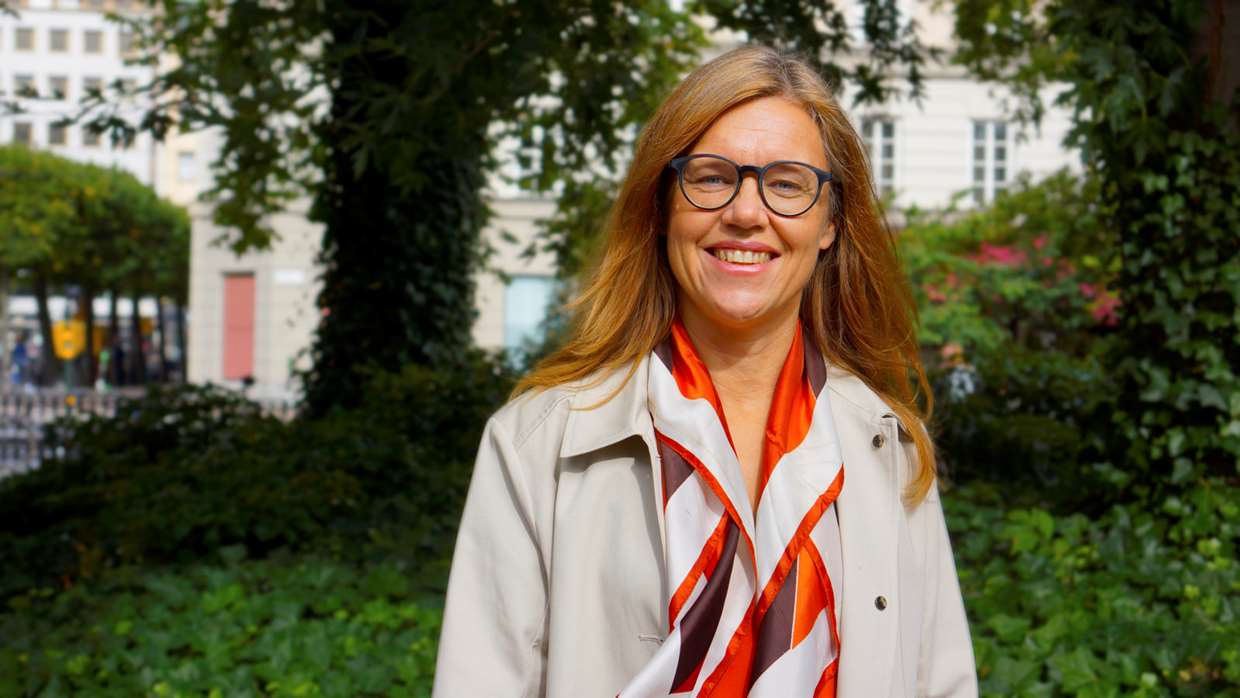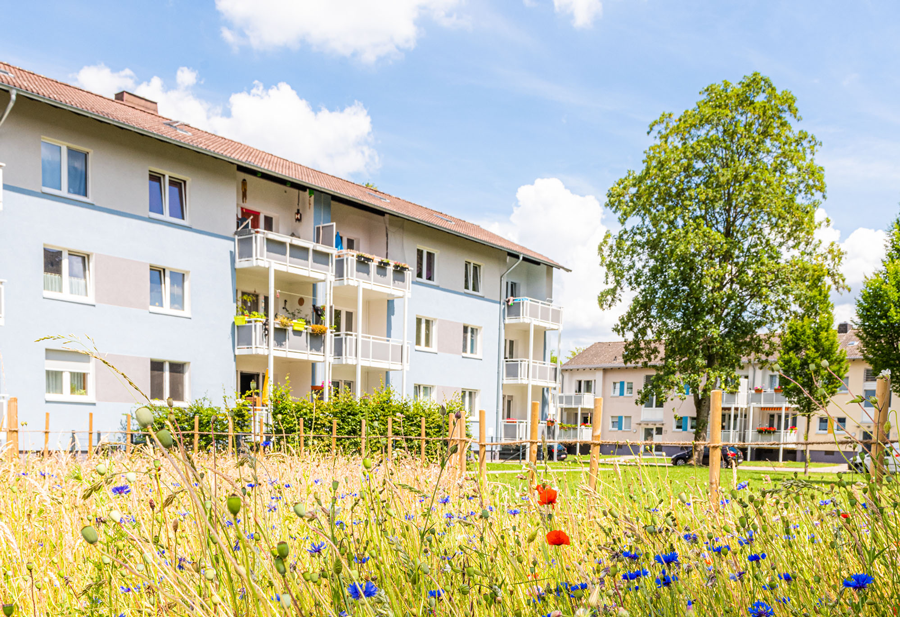Society and Contribution to Urban Development
Community Development for and with Tenants
Interview with Jorunn Rådberg, Head of Social Sustainability at Victoriahem, Sweden
What is the need for a Social Sustainability unit?
Jorunn Rådberg – Our goal is to offer our tenants safe and comfortable homes in which they can build their lives. The Swedish police classify a total of 61 areas throughout the country as vulnerable areas based on negative socioeconomic factors such as high unemployment and crime rates as well as lower social integration. As we have apartments in 30 of these areas, we want to do our part in making them safer and more socially sustainable. Our long-term goal is to make sure that our properties no longer rank in the highest category of vulnerability.
How do you work toward this goal?
JR – In each neighborhood, we try to strengthen the local society by connecting with important actors who play a role for the every-day life of our tenants. On an organizational level, this includes official authorities and institutions, such as the police and social services, as well as libraries and schools. On the next level, we aim to support various networks in the neighborhoods to strengthen the collective efficacy by supporting neighborhood networks between people within the area. Finally, we also address people’s individual situations.

As every neighborhood is faced with a unique set of challenges, we have to be flexible in our approach and base our work on their individual needs. This is why our neighborhood managers are so fundamentally important. They know the neighborhoods, their particularities and the people who live there. From our central office in Stockholm, my team and I work to coordinate ways in which we can help our neighborhood managers.
The projects that we’re involved in are as diverse as our neighborhoods themselves. For instance, we support immigrant women to serve as positive role models, we offer summer jobs to local youth and we organize a number of sporting activities, to name but a few.
How do you measure the success of these projects?
JR – At the heart of our work is the long-term plan to advance social sustainability. In and of itself, this is hard to put into numbers on a year-to-year basis. However, there are some quantifiable indicators. Falling crime rates, less vandalism in our neighborhoods, less violence, fewer students dropping out of school, more young people joining the work force – these are indicators that tell us that we’re successful with our work. And, of course, the police’s classification system of the areas throughout Sweden serves as an official benchmark. When one of our neighborhoods is moved to a lower rank of social vulnerability, it’s a great confirmation that we’re on the right track. This is not to say that predicting the success of a given project is easy. We’ve learned that some ideas start out promisingly, but just don’t pan out in the way that we had hoped for. On the other hand, some projects that we might have been rather unsure of end up yielding great results in the most unexpected ways. The most important lesson that we’ve learned is that we work with people and for people, so there will always be an element of surprise.


